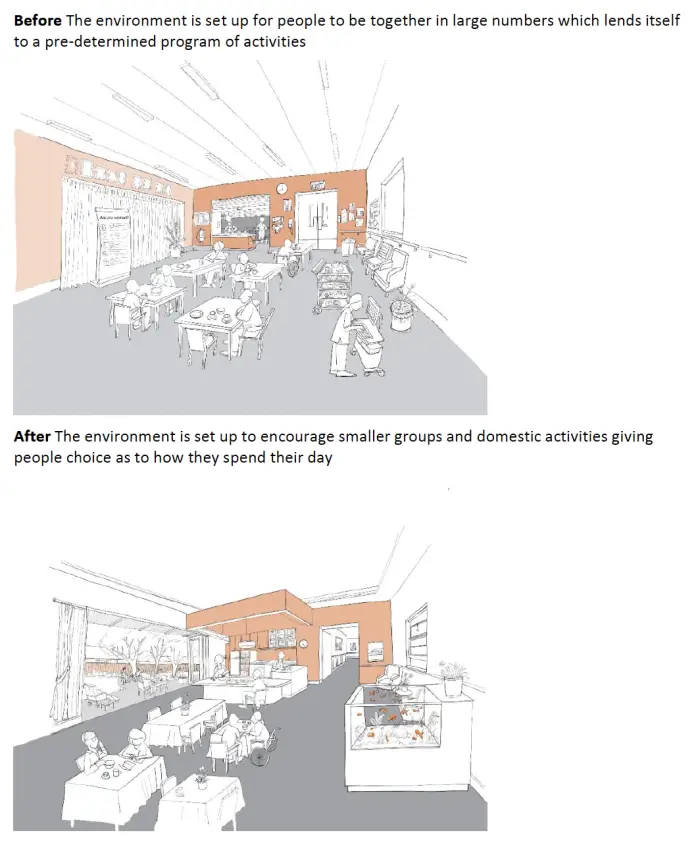The National Aged Care Design Principles and Guidelines have been developed to support the Australian Government’s new Residential Aged Care Accommodation Framework. These guidelines serve as a comprehensive and evidence-based resource for designing aged care accommodation to ensure the delivery of high-quality, safe, respectful, and dignified care. They are intended to benefit various stakeholders, including older Australians and their families, aged care accommodation providers, healthcare professionals, regulators, and policymakers.
The principles and guidelines align with the Aged Care Quality Standards and aim to create safe and comfortable environments that promote residents’ independence, function, and well-being while also providing safe workplaces for staff. They reflect international principles that emphasise the intrinsic value of older people and their right to independence, participation, care, self-fulfilment, and dignity, marking a shift away from institutional models of care.
These guidelines have been developed based on extensive research, including input from older Australians, families, care providers, architects, healthcare professionals, and technical experts. The importance of recognising that a home should meet people’s needs and aspirations is a consistent theme in their development.
The guidelines are structured around four principles:
- Enable the Person: This principle focuses on maintaining residents’ health, well-being, and sense of identity within their living environment.
- Cultivate a Home: This principle aims to create a familiar environment where residents have privacy, control, and a sense of belonging.
- Access the Outdoors: Supporting residents in spending time outdoors in contact with nature is the focus of this principle.
- Connect with Community: Encouraging residents to connect with family, friends, and the broader community and participate in meaningful activities is central to this principle.
Each principle is accompanied by a set of guidelines addressing specific design challenges, including practical changes and evidence-based rationales.

The application of these guidelines encourages collaboration and co-design among all stakeholders to ensure they adapt to local contexts and diverse circumstances. They are relevant for both minor and major refurbishments and the construction of new aged care homes. Considerations like cultural diversity, workforce support, environmental sustainability, infection prevention and control, and enabling technology are also integrated into the guidelines.
While the guidelines don’t duplicate information found in existing regulations, they are designed to harmonise with them. Furthermore, they aim to align with other aged care services and be periodically reviewed and updated to stay responsive to evolving evidence, societal expectations, and cultural aspirations. These guidelines represent a significant step towards improving the quality of aged care in Australia by prioritising the dignity and well-being of older Australians.










